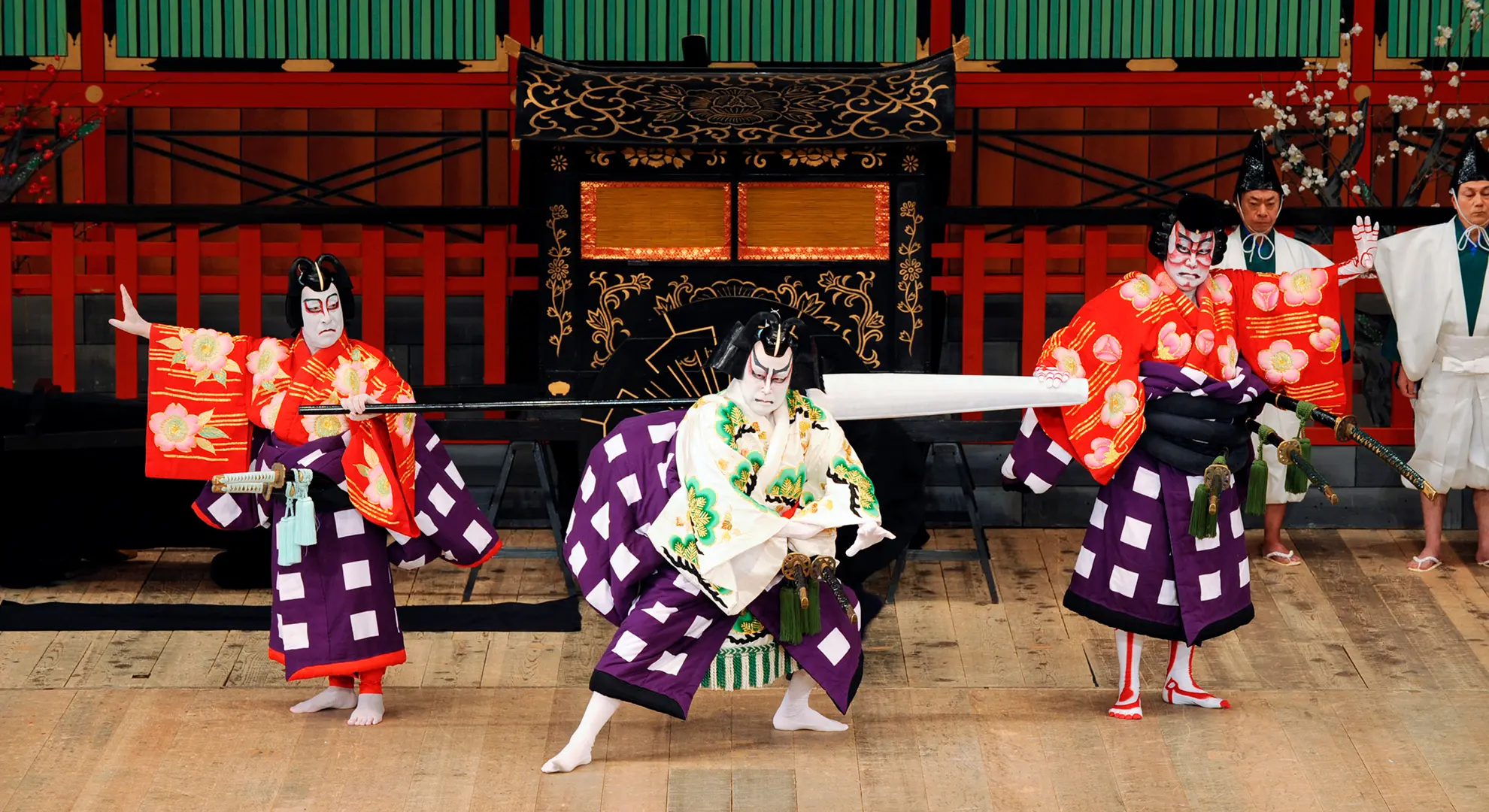
- Share this page
Share this page
- EN
Select Language
- FAVORITES
- Search
Detailed search: You can do a detailed search by keyword, genre, time, area and tag.
Main content starts here.
- Visit Tokyo |
- EXPERIENCES |
- Best things to do in Tokyo tailored to your preferences |
- Culture |
- Traditional Performing Arts |
- Exploring Kabuki Theater, Japan’s Traditional and Dynamic Stage Performance
Updated: December 24, 2024
Exploring Kabuki Theater, Japan’s Traditional and Dynamic Stage Performance
Kabuki theater embodies Japanese heritage, including aesthetics, philosophy and cultural history. Akin to the incredible musicals of Broadway or West End, Kabuki performances include nuanced traditional song, lively dancing and talented acting, making for a tour de force on stage you won't soon forget.
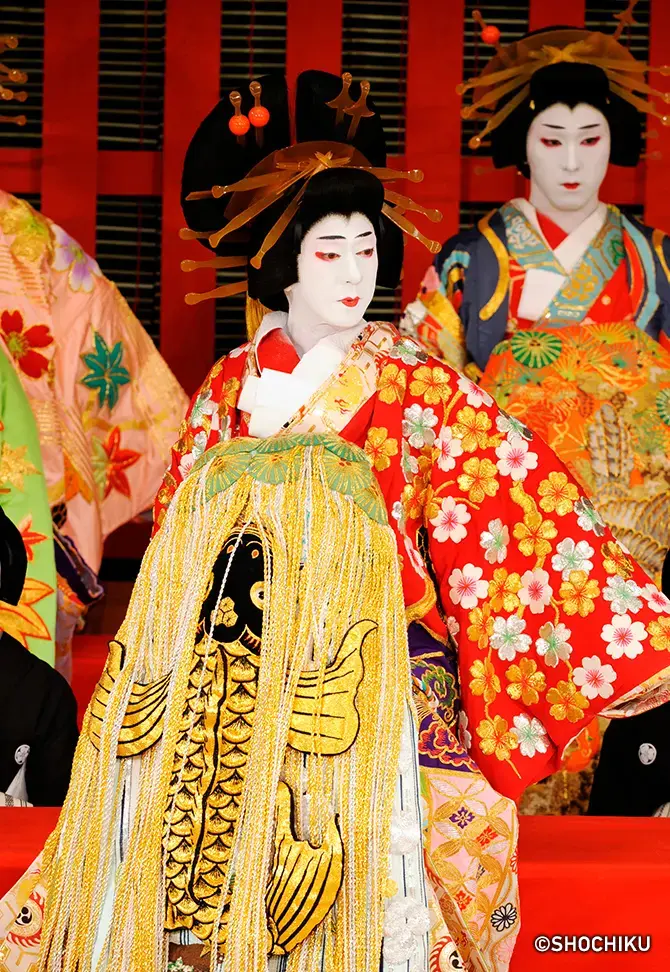
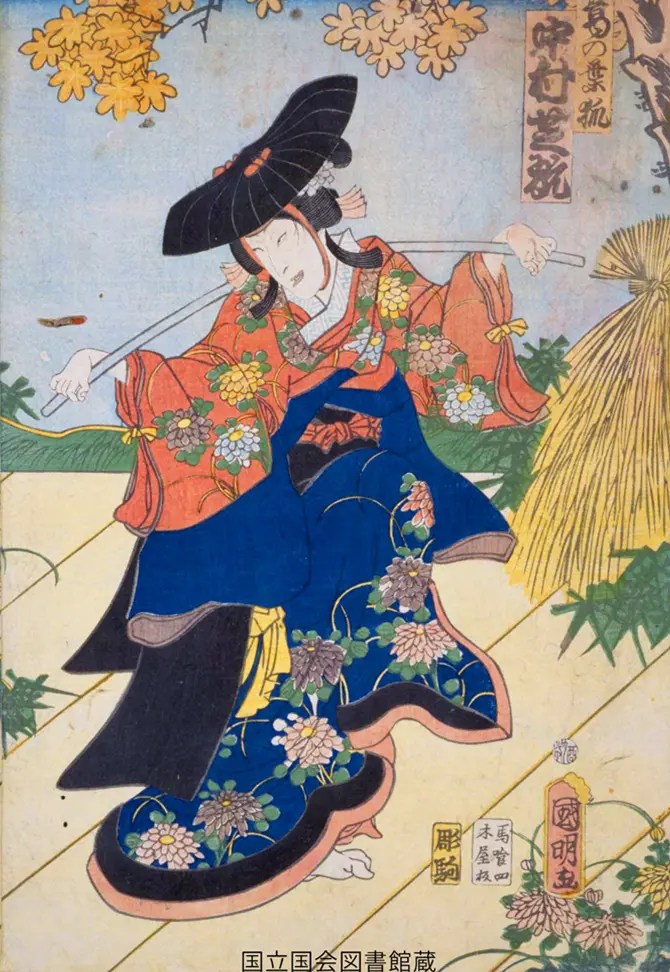
Kabuki might be challenging at first. There's the complex and central acting role of "onnagata" – men playing female characters – in addition to linguistic and cultural factors. However, taking the time to view a traditional Kabuki performance live will add deep meaning to your Japan travel itinerary. Through a deep look at this meaningful art form, learn how to buy tickets and experience Kabuki on your trip to Japan.
Old School Cool: Kabuki Theater and 400+ Years of History
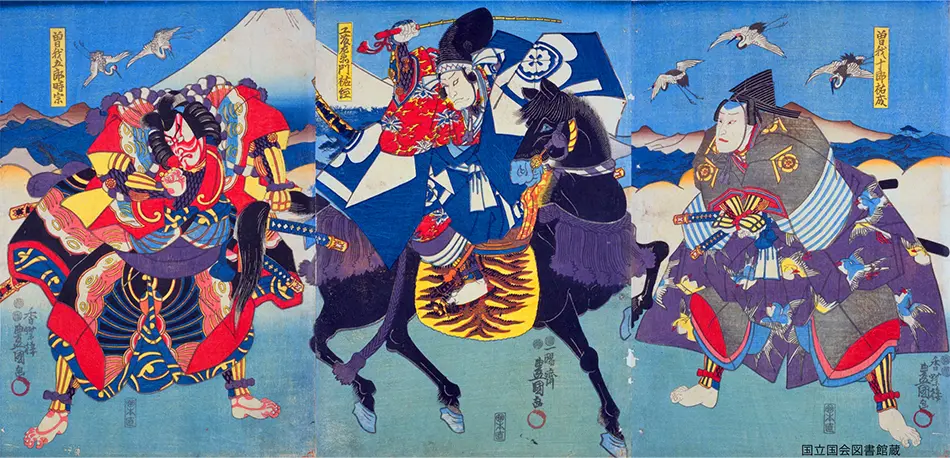
Kabuki theater was established in the 17th century, and the dramatic performances transport audiences to a world of moral dilemma, power struggles, tragedy and romance through a vibrant blend of Kabuki dance, emotive acting and song. In that era, the widespread popularity of Kabuki made the theater a gathering place for people from many walks of life, a rare occurrence for Edo (modern-day Tokyo).
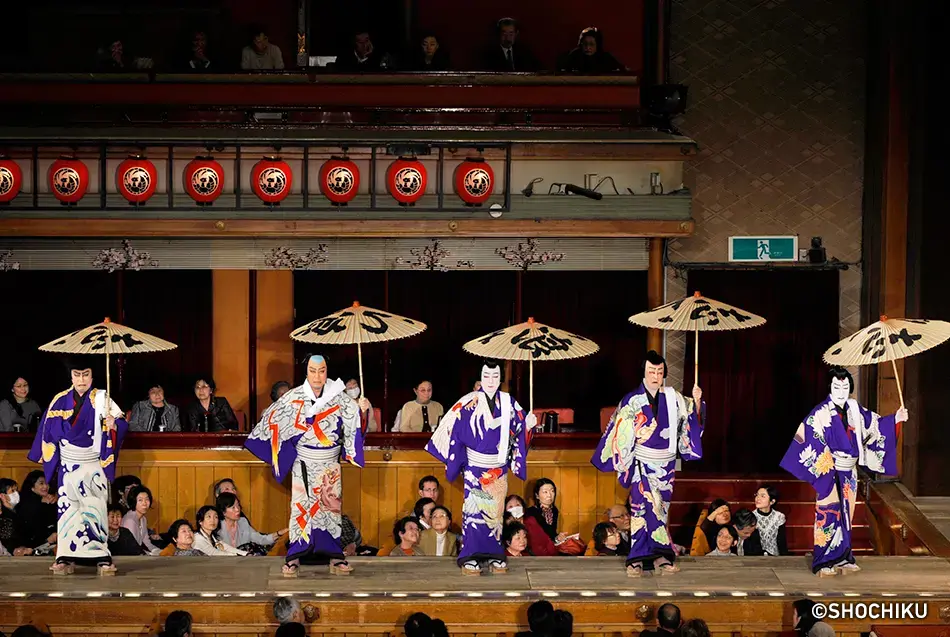
Today, Kabuki has been recognized in 2008 by UNESCO as an intangible heritage with universal value and appeal. On your trip to Japan, it's exciting to realize how traditional culture is popular across the country. Getting outside your comfort zone to explore this storied performing art will give your trip to Japan new meaning, and buying tickets is easy (more info below).
Catch the Drama: When and Where to Watch Kabuki Theater
Kabuki can also be viewed in Osaka, Kyoto and other parts of Japan, but Tokyo's Kabukiza Theatre is the most famous venue for this traditional drama. Located in Tokyo's cosmopolitan Ginza, the building is a work of art itself. Kabukiza was newly renovated and reopened in 2013, retaining classical elements of its "Third Phase" that began in 1925. It's also directly connected to Higashi-ginza subway station for easy access for visitors.
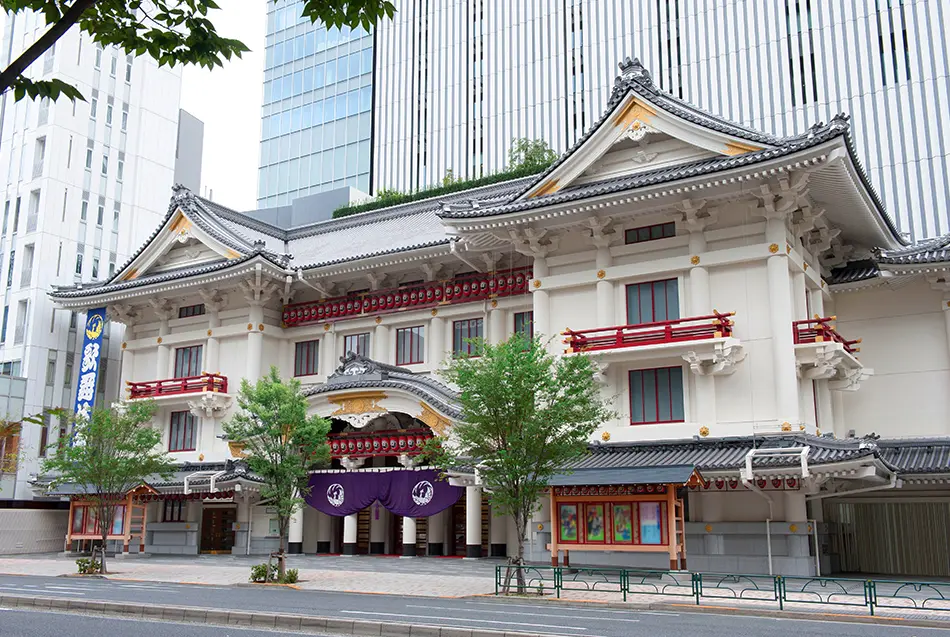
©SHOCHIKU
Kabukiza offers single-act tickets set aside the day of the show, for very affordable prices around 1,500 yen. A single-act is about one hour long, a great option for anyone hesitant to commit to a full performance (generally five full acts; over four hours). Full performance tickets are available in different tiers for seats on the first or second levels of Kabukiza, with different prices depending on how close they are to the stage. The performances change often, but they all guarantee a unique and exciting Japanese cultural experience.
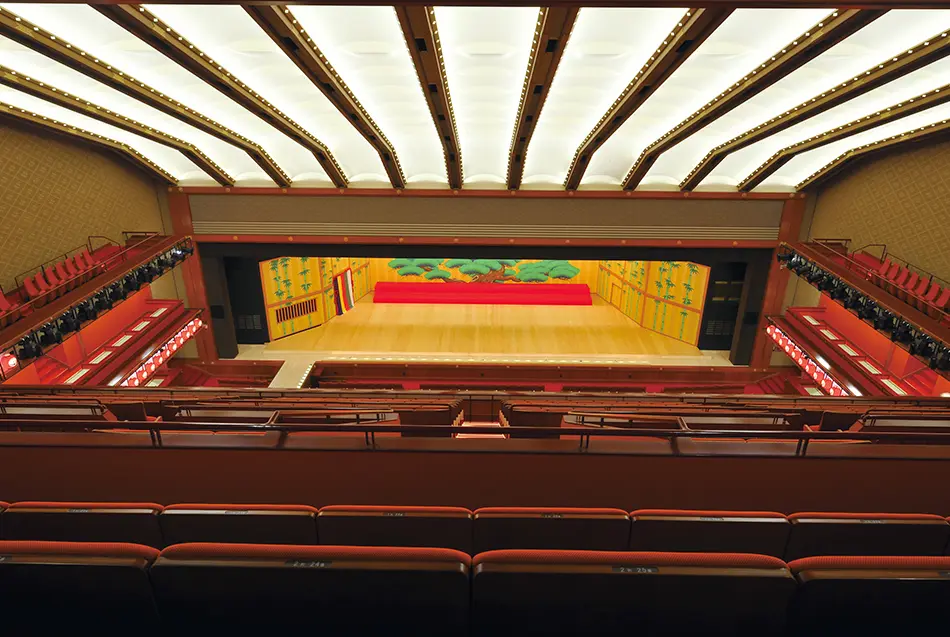
©SHOCHIKU
Kabuki's Unique Characteristics Including "Onnagata" and More
Kabuki theater is perhaps most well known for "onnagata" – men playing the role of female characters. Although Kabuki featured female actors in the beginning, they were soon banned from performing, and men took on onnagata roles ever since. The background for this shift in Kabuki's history has complex connections to social factors of the time, but in the end, onnagata has come to define Kabuki's intrigue and appeal.
Adding to this appeal, stunning makeup used in Kabuki called "kumadori" helps actors portray characters such as heroes with supernatural powers, ghosts and evil spirits. While the pace of the performance could be challenging for first-time viewers, the punctuated moments of dance and song, followed by increases in tempo and extravagant flourishes will certainly thrill the audience.
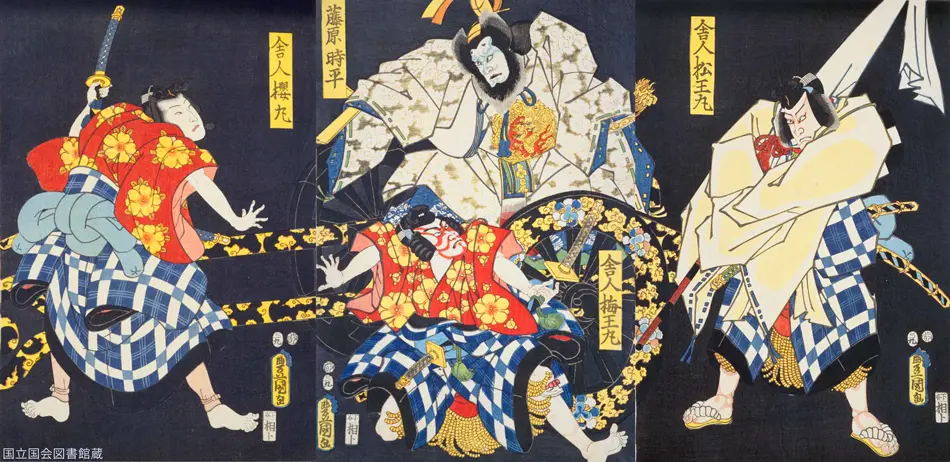
For first-time Kabuki viewers, the three famous masterpieces of Sugawara Denju Tenarai Kagami, Kanadehon Chushingura and Yoshitsune Senbon Zakura are a great place to start – if they're showing. But no matter which performance you choose, even if you don't understand the plot in full detail, enjoying Kabuki live is an unforgettable cultural experience for the curious traveler.
Entertainment from Another Era: Enjoying Kabuki Theater and Proper Etiquette
Kabuki theater should be enjoyed with respect and in silence, and taking photos or using electronic devices is strictly prohibited during the performance. At Kabukiza Theatre, viewers are recommended to take advantage of English subtitle guide devices to enhance their understanding of the performance.
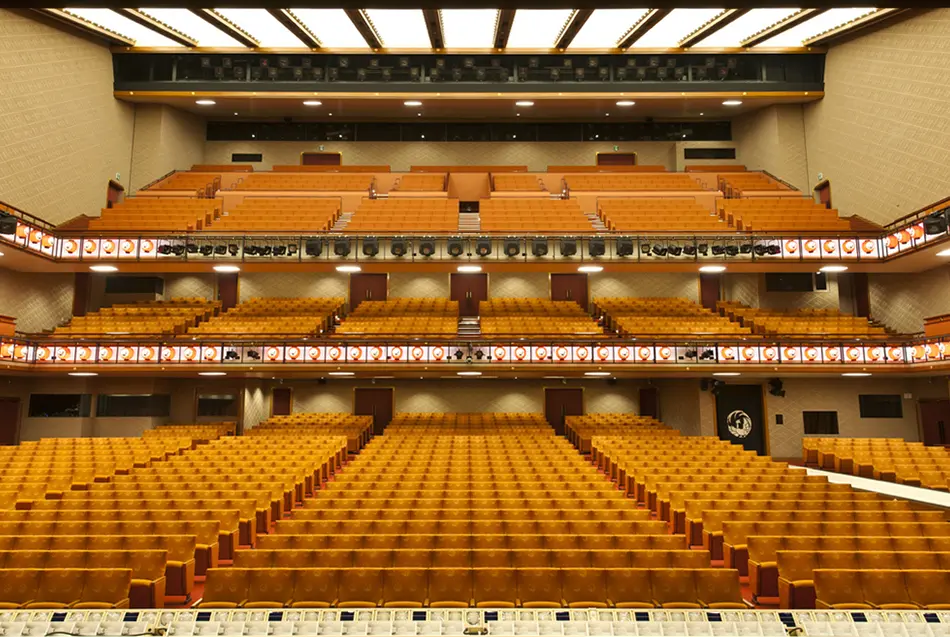
©SHOCHIKU
For visitors viewing multiple acts of Kabuki theater, intermission is the perfect time to enjoy a classic Japanese meal, such as a bento box with sushi. Sake and refreshments are also available. The second basement floor of Ginza's Kabukiza Theatre is also home to Kobikicho Square, a bustling square that's like a festival every day, offering Kabuki souvenirs, bento boxes, cafes, convenience stores and much more. Even if you don't have Kabuki tickets, checking out Kabukiza and Kobikicho Square offers a full cultural experience on your trip to Japan.
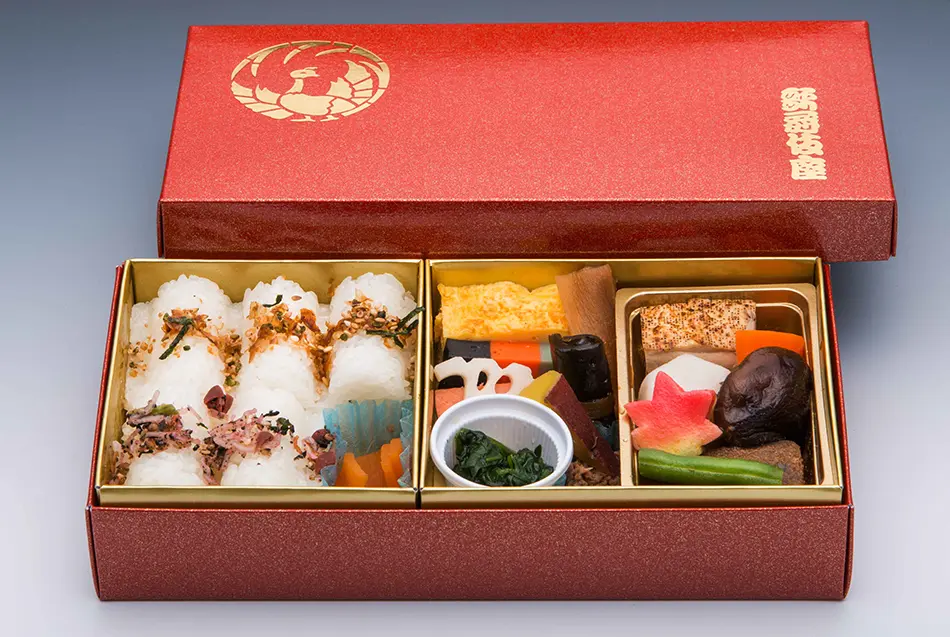
How to Get Kabuki Tickets for Your Japan Trip
As mentioned above, while visitors to Kabukiza Theatre can commit to a full performance in different pricing tiers, choosing a single-act ticket is a convenient and affordable way to experience Kabuki. The Shochiku production house offers English information on their website for reserving tickets online, by phone or directly at the theatre box office.
Shochiku Multilingual Online Ticket
The KABUKI official website - KABUKI WEB also offers ticket information and details for visitors, and it is updated with information on the newest performances and single-act tickets monthly. Kabuki theater offers a powerful cultural experience for all visitors to Japan, and can easily fit into your Japan travel itinerary through easy ticket purchasing options.
In closing, the KABUKI ON DEMAND official Kabuki streaming service provides access to videos of on-stage recordings of latest productions and selected masterpieces, alongside special "Cinema Kabuki" productions created by Shochiku through a combination of Kabuki theater and video technology. KABUKI ON DEMAND videos also include English language commentary.
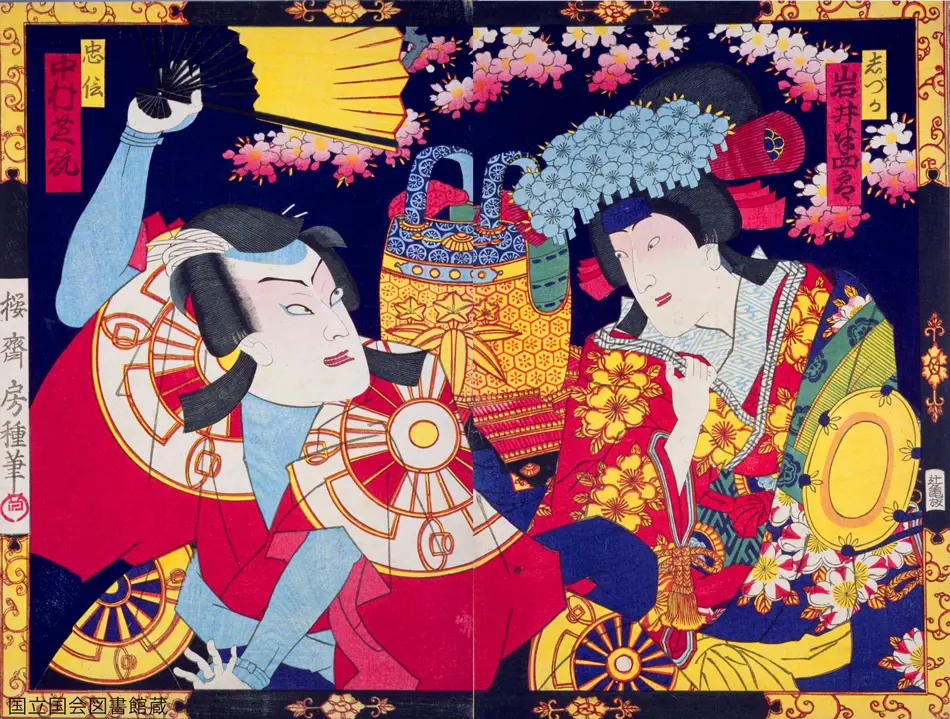
The GOTOKYO ticket page with various ticket information can be found here.